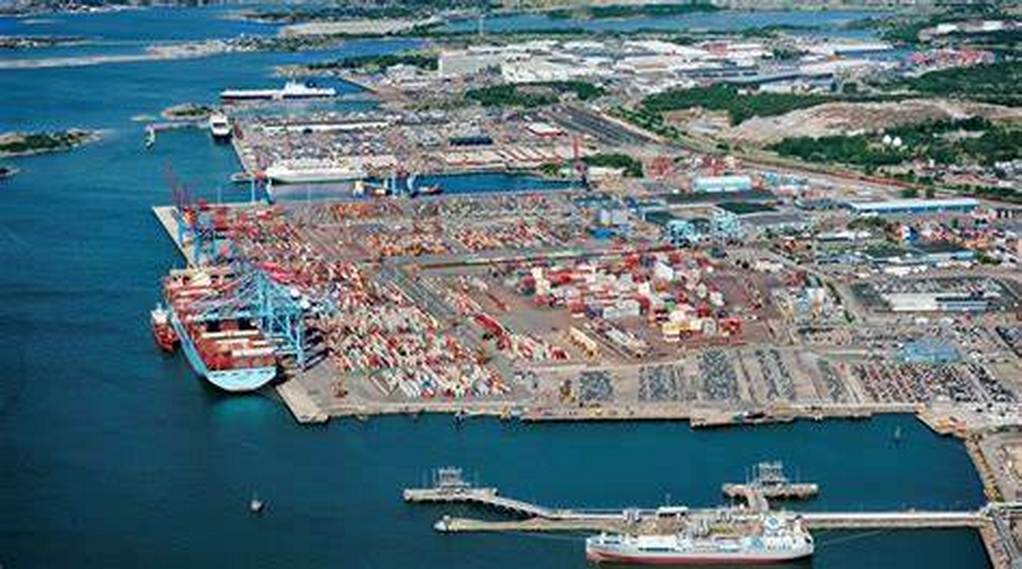By 2030, the Port of Gothenburg has set out an ambitious target to reduce shipping emissions by 70% within the port area.
One key step to reach this goal is to provide a variety of shipping fuels that contribute to bringing down emissions – in the port as well as on a global scale. Many initiatives are taken around the world with net-zero vessels now in the order books.
As this is a general approval for the port, each terminal will do a complementary risk assessment but this is more of a formality when the general guidelines now are in place. For example, the Port of Gothenburg has already handled methanol in the port since 2015 when Stena Line started to bunker Stena Germanica truck to vessel.
The shipping industry needs a variety of fuels in the future, and renewable products like e-methanol are important to achieve net-zero targets. Therefore, the Port of Gothenburg is also making arrangements to set up a value chain with the determination to provide e-methanol in the port by 2024.
Tags: Bunkering Hub, Methanol, Port of gothenburg, Shipping



Recent Posts
Hyundai Glovis to Retrofit Seven PCTCs with Avikus AI Navigation System
Super Terminais orders three more Konecranes Gottwald ESP.10 Mobile Harbor cranes
Covestro and HGK Shipping Extend Partnership to 2040 with Focus on Wind-Assisted Vessel Retrofit
Artemis Technologies Successfully Demonstrates 100 Percent Electric Crew Transfer Vessel at Aberdeen Offshore Wind Farm
IACS Council Advances Decarbonisation, Digitalisation and Governance Priorities at C91 Meeting in Beijing
Japan Launches Major R&D Project to Advance Shipbuilding with Alternative Fuels
EU Adopts Emissions Standards for Low Carbon Hydrogen to Bolster Clean Energy Market
Trafigura to Implement ZeroNorth’s AI Platform Across Global Fleet